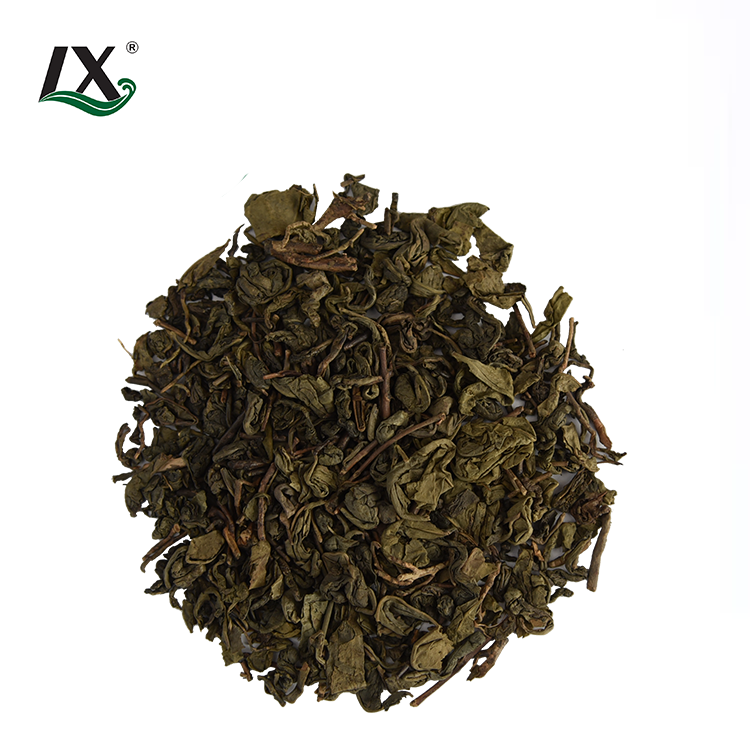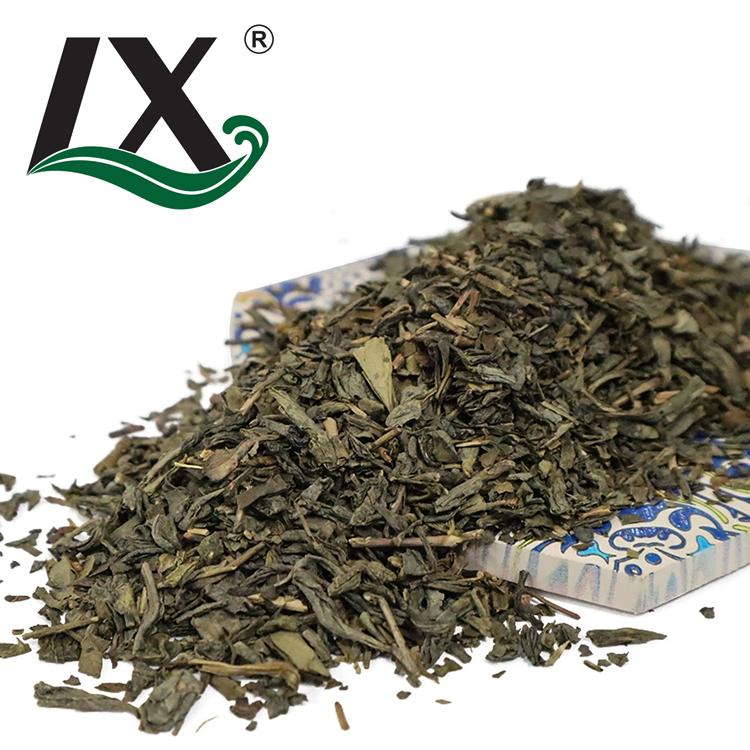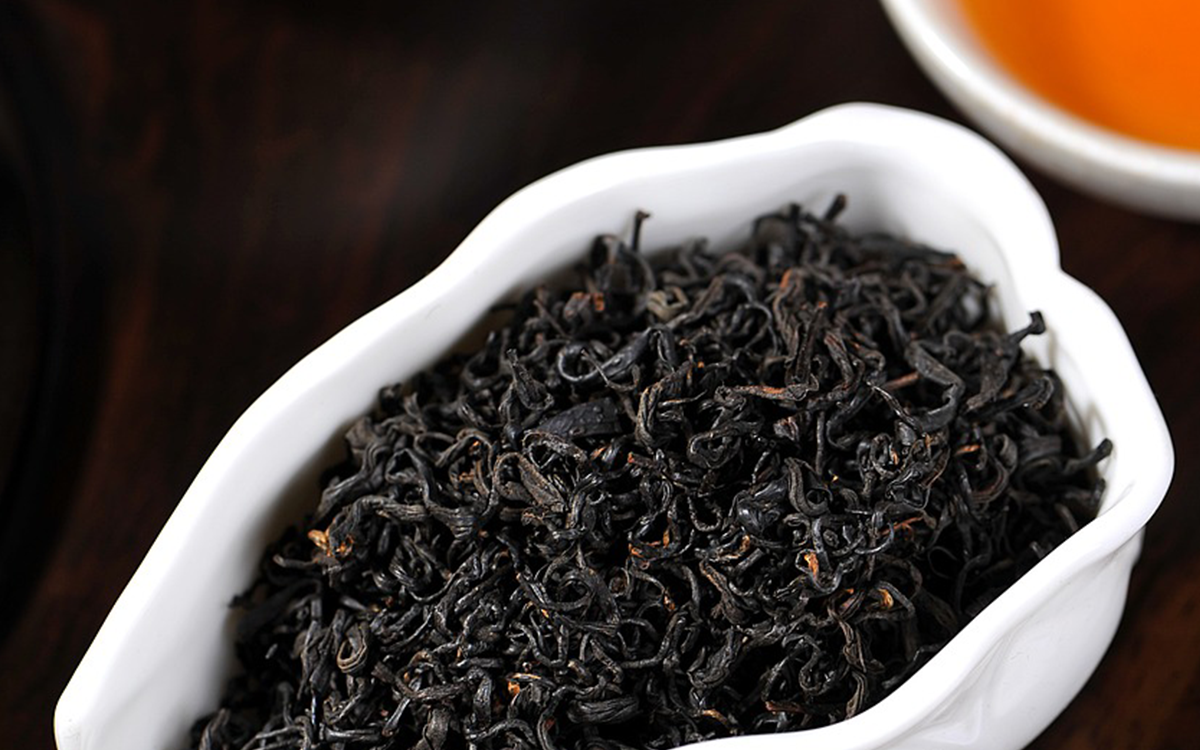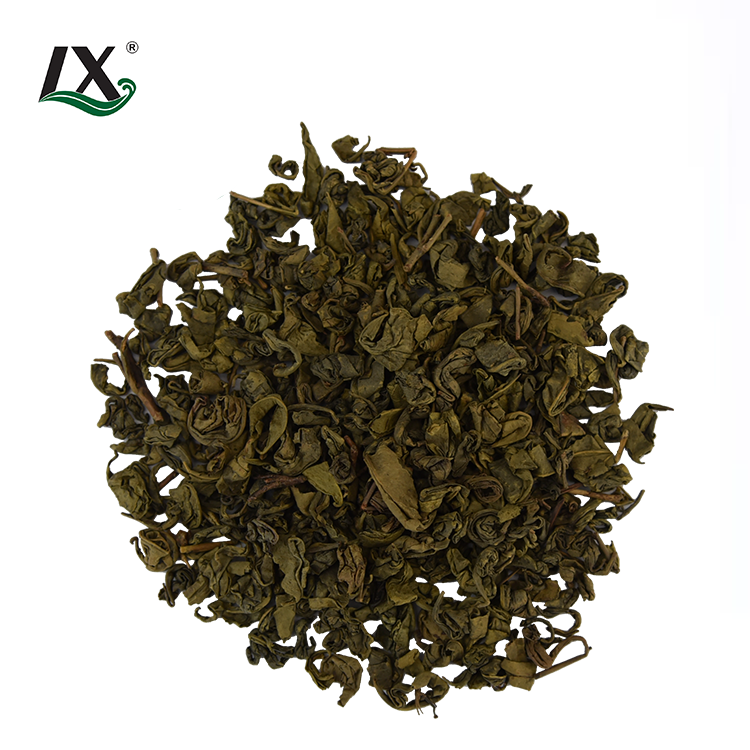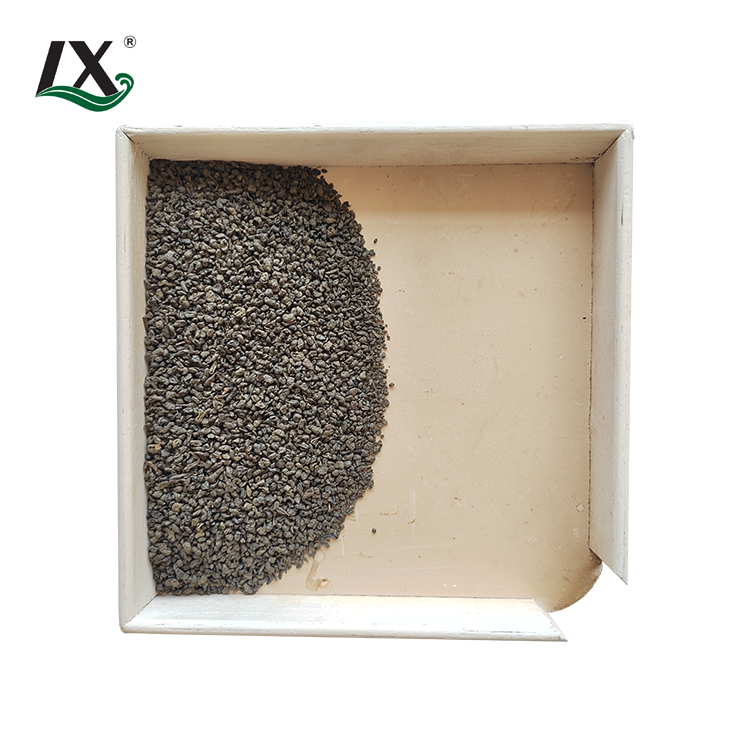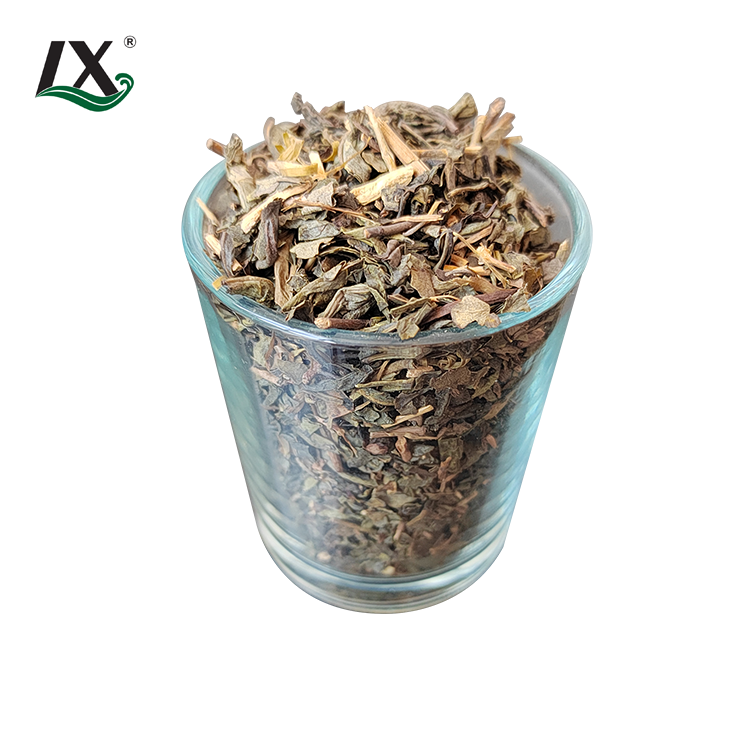Differences Between Chinese And Japanese Green Teas
All Green Tea Is Made From Camellia Sinensis Leaves That Have Not Gone Through The Oxidation Process That Produces Oolong And Black Teas. But There Are Countless Varieties Of Green Tea On The Market, And A Lot Of Variation In The Experience Of Consuming Them.
If You’Ve Tried Green Teas From China And Japan, You Might Have Noticed That They Look And Taste Significantly Distinct. Each Country Processes Its Teas Differently, Which Is The Main Reason For This Variety.
Many Japanese Green Teas Are Grown Under Partial Or Full Shade. Japanese Farmers Employ A Number Of Additional Techniques While The Leaves Are Still On The Shrub With The Goal Of Manipulating The Ultimate Flavour. After The Leaves Are Harvested, They Are Almost Immediately Steamed To Lock In The Flavor That The Tea Producer Intentionally Cultivated.
Contrast This With The Growing And Fixation Processes Of Most Chinese Green Tea. The Shading Technique Is Not Commonly Used In China, And Rather Than Working On The Growing Plants In Such A Way That Dictates The Leaves’ Taste, Chinese Tea Producers Are More Likely To Rely On Terroir. But After The Leaves Are Harvested, Dry Heat Methods Such As Pan Frying, Roasting, Or Smoking Are Used To Achieve The Specific Flavours A Producer Is Aiming For. Very Few Chinese Teas Are Fixed By Steaming.
Result
After Processing, Almost All Japanese Green Teas Have A Uniform Shape, Which Are Straight, Needle-Like Leaves. When You Steep Them, Some Have A Yellowish Liquor, But Most Are Famous For Their Vibrant Green Hues. Each Category Of Tea Has A Wide Range Of Flavours, But Most Japanese Green Teas Are Described As Vegetal Or Grassy, With A Distinct Umami Flavor.
Chinese Green Tea Leaves Are Transformed Into Many Different Shapes After Processing, Such As Pearls, Eyebrows, Needles, And Pellets. The Shape Affects How The Leaves Interact With The Water, So The Form Is Not Just A Matter Of Aesthetics But Is Chosen Intentionally To Achieve A Certain Flavour. Most Chinese Green Teas Are On The Yellow Side Of The Liquor Spectrum, And Have Herbaceous, Earthy, Or Floral Notes.
Other Differences
There Are Just A Few Dozen Varieties Of Japanese Green Tea, Though They All Have Dozens Of Additional Subtypes. But There Are Likely Thousands Of Varieties Of Chinese Green Teas — The Exact Number Is Uncertain. The Greater Variety In Chinese Green Tea Is Typically Attributed To The Range Of Terroirs Among Chinese Growing Regions, As Well As The Lack Of Emphasis On Standardization.
Japanese Green Teas Might Be Advantageous In The Area Of Health. Some Studies Have Indicated That Certain Japanese Green Teas Are Much Higher In Antioxidants Than Chinese Green Teas, Such As A 2003 Study That Found Matcha Had 137 Times The Antioxidant Content As China Green Tips. There Hasn’T Been Enough Research Yet To Make A Solid Conclusion, But If It’S True That Japanese Teas Are Significantly Higher In Antioxidants, It’S Likely Thanks To The Steaming Process.







